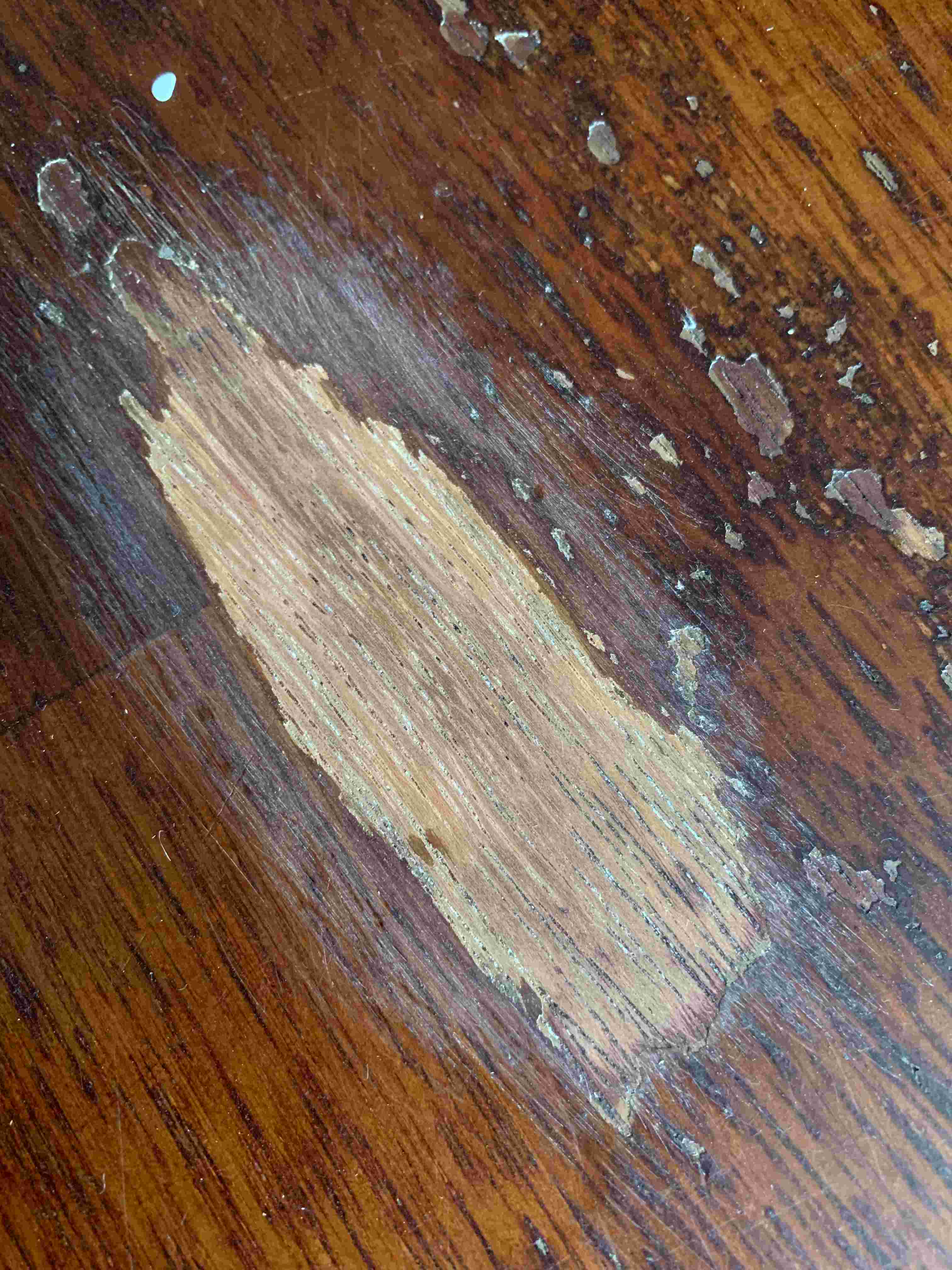alex_scotland
Member
Hi all. I was hoping to get a bit of advice regarding flooring in my new home. We were originally planning to replace completely, but have been a little surprised by prices, so now looking for possible budget friendly options. My main question is if the floor is engineered wood or laminate. I'm guessing that it's engineered wood, but not certain as I've only had original solid wood floorboards in the past. The floor is pretty worn, dark and glossy, so we were wondering if there'd be any chance that we could sand back and treat with a clear matt varnish. The pics I have available aren't great but have included a shot to show the cross-section where visible, along with a bit that I've gone at with abrasive paper to see what happens (currently hidden under a rug!). The floor seems to be flat throughout. Any advice appreciated! Thanks










